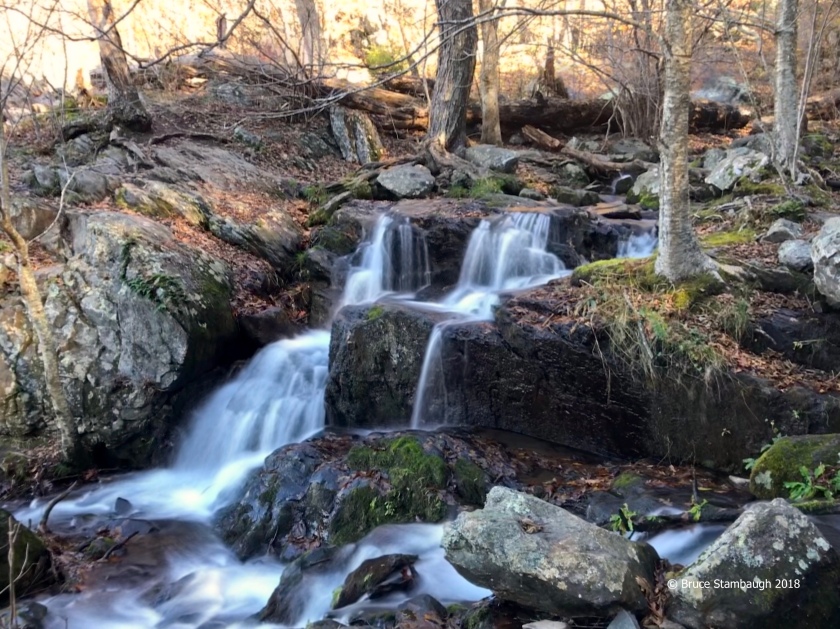
By Bruce Stambaugh
The holiday season is here. Thanksgiving Day has come and gone. Christmas, Hanukah, and New Years will be here in the twinkling of an eye.
It’s easy to get caught up in all the excitement, hoopla, and glitz of the extended festivities. After all, the big box stores, TV, radio, online ads, and printed fliers have been pushing their holiday wares for weeks now.
I try not to pay too much attention to all that holiday hype. In my retirement, I have, instead, come to enjoy each moment, anticipate the day at hand, and celebrate the unfolding daily events.
I have also learned that that is much easier said than done, given the state of the world, the conniving of greedy people and corporations, the unsettling of Earthly events, natural and otherwise. Still, we must carry on. So I did, and I do.
This particular day I joined a senior citizens’ hiking group led by a retired banker, a most trustworthy man. Our destination was Lewis Falls in Shenandoah National Park.
Our group of nine wound its way down the trail through the shedding deciduous trees, brushing against mountain laurel whose berries the forest birds and bears had not yet devoured. We crisscrossed several small streams, all of them rushing to plummet the 83 feet of Lewis Falls.
These cascading ribbons join just as they tumble into the Shenandoah Valley. We stepped gingerly across the last of the wetted stones and finally made it to the shaded overlook of the falls themselves. We refueled at that lovely sight on the snacks we each had brought along.
I climbed over the protective stonewall to get a slightly better view of the falls. It nearly cost me my life. I pitched the last handful of peanut butter cracker crumbs into my mouth and tried to swallow. I couldn’t.
I tried to breathe in. No air made it to my lungs. I didn’t want to die this way.
My EMT training kicked into gear. I got the attention of the nearest person and pointed to my throat. She asked me if I was choking and I nodded my head frantically. She hollered for the others and started to jump the wall to help me.
In these 20 seconds or so, I continued to try to swallow. I couldn’t speak. I thumped my chest with my fist twice, made a growling sound, and attempted to swallow again. Just as this courageous woman was about to apply the Heimlich maneuver, I felt the mountain air tickle my lungs. I took a swig of water, waved off my would-be rescuer, and spoke a few raspy words of thanks.
The woman was heartily relieved, but not nearly as much as me. As we backtracked up the zigzag trail, everything looked brighter, the colors more vibrant, the air sweeter. The trek back to the cars seemed much shorter, easier even until someone noticed that Herb was missing.
The tallest member of our pack, Herb had headed back ahead of the rest of the group. But he wasn’t at the parking lot. The retired banker quickly formed a plan, and once again my firefighter/EMT training instinctively activated, only this time for a search and rescue effort.
Though frustrated for nearly two and a half hours, the search ended happily. Herb was found safe and sound. We all headed for home in thanksgiving and wonderment of creation and life itself.
In the midst of all the mundane marketing and holiday cheer, I have a suggestion. Let’s remember to be thankful for life itself.

© Bruce Stambaugh 2018











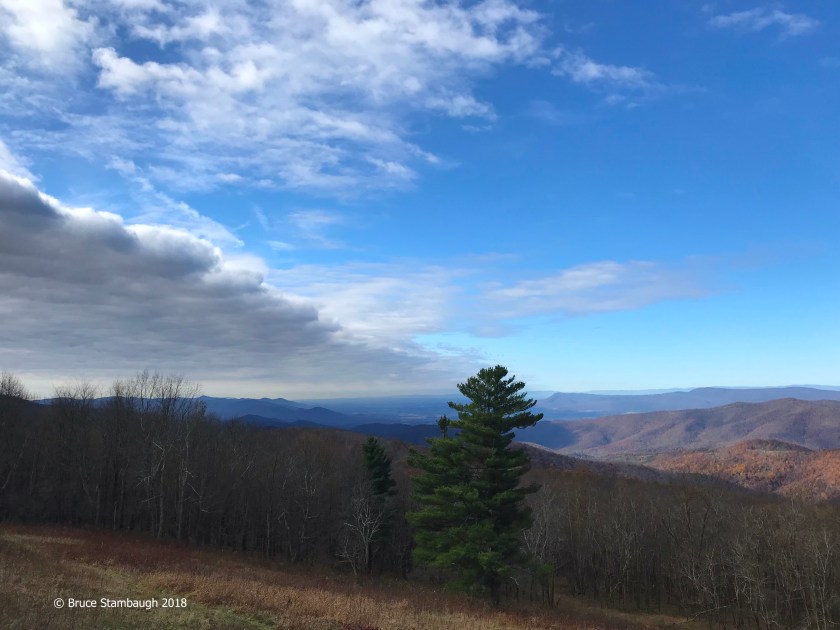
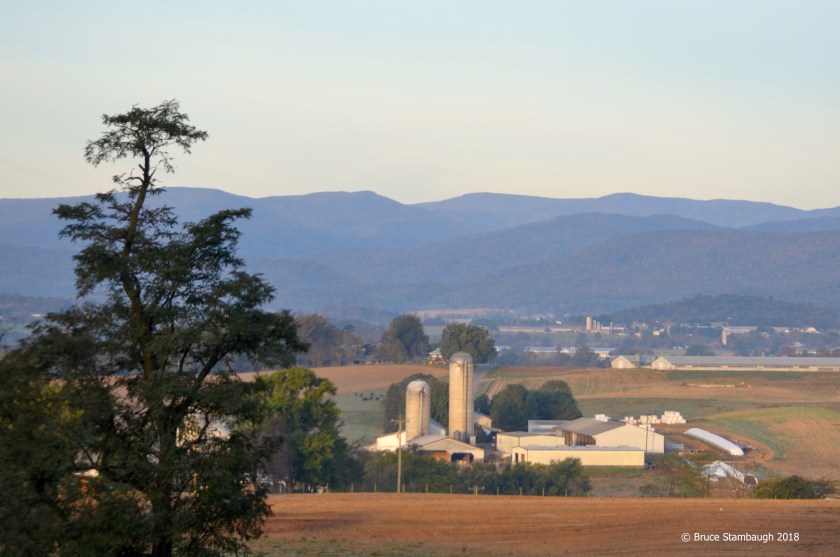


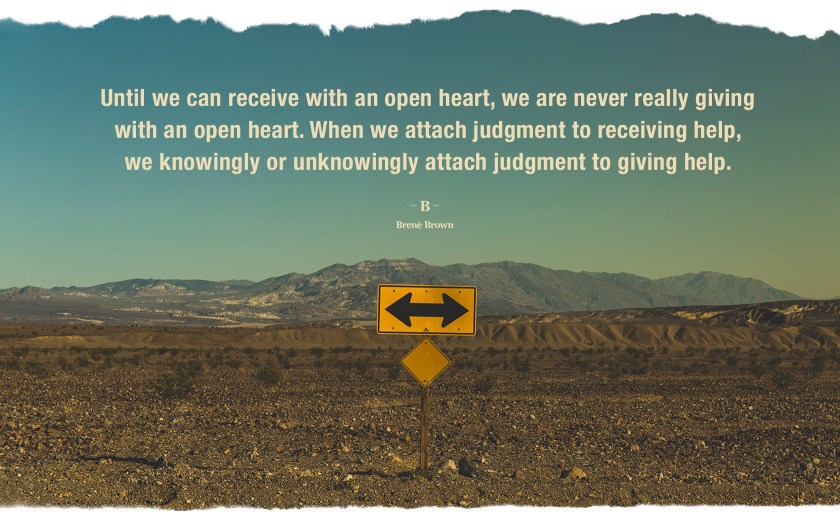
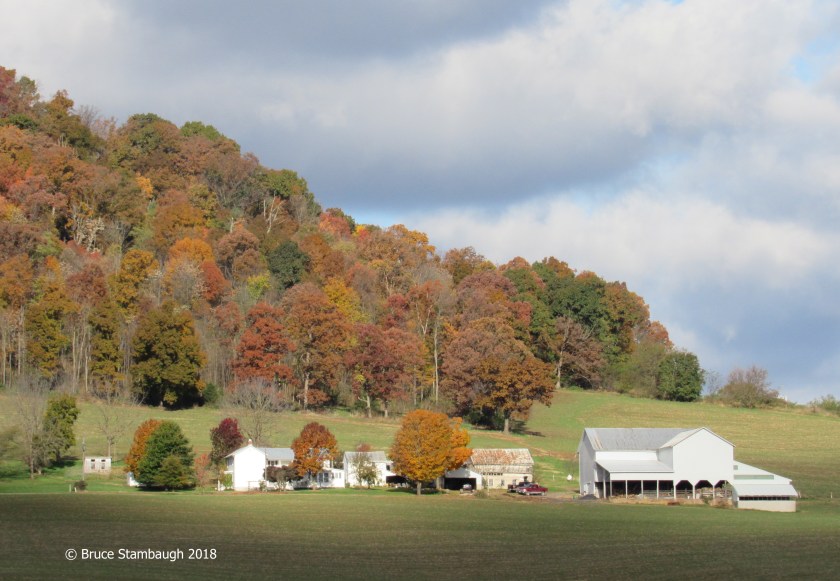




You must be logged in to post a comment.